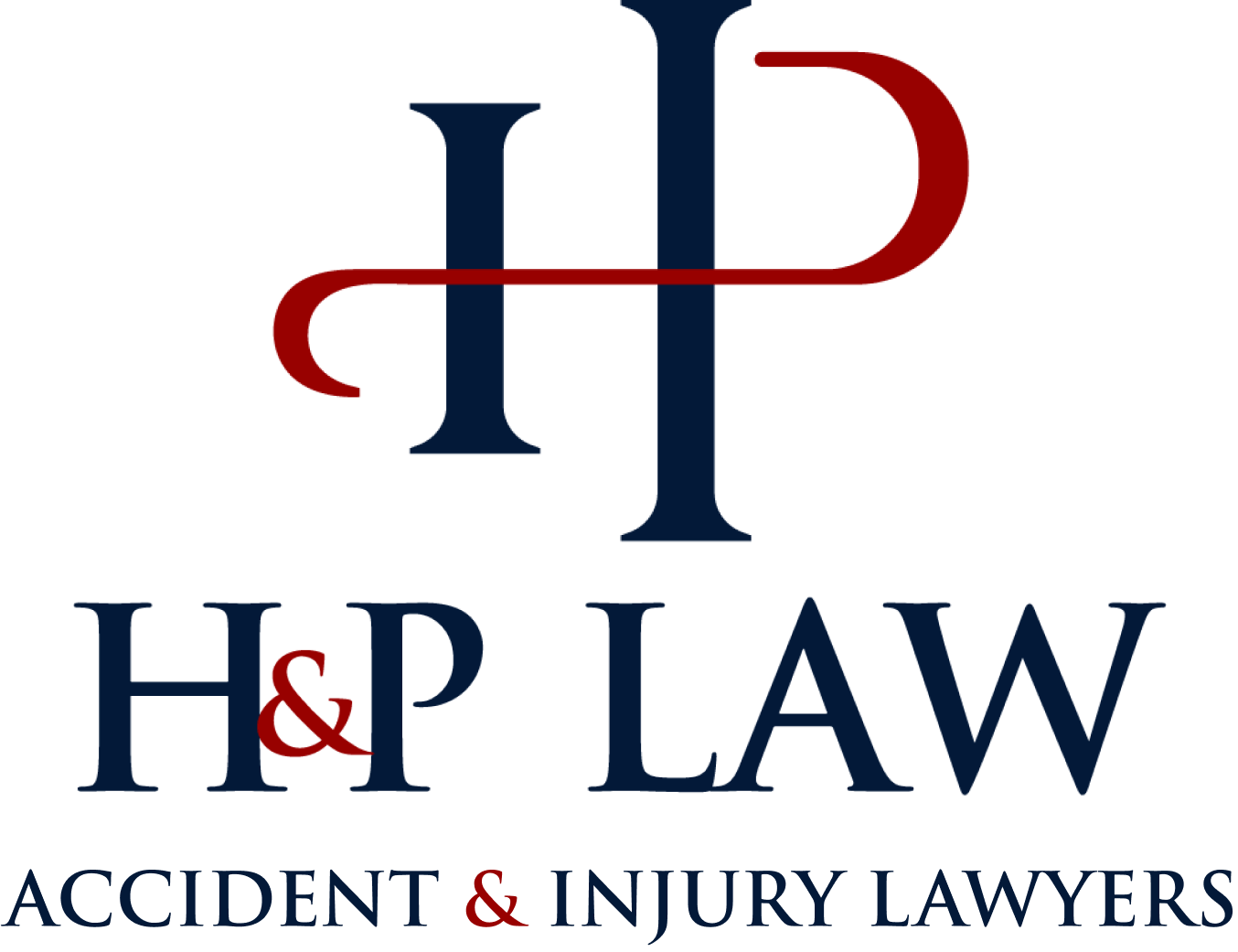
It is a common scene in movies and TV shows that a bystander rushes to the aid of someone in need of emergency medical care. While this may seem like the right and ethical choice, it is important to know that certain laws apply in such scenarios. All 50 states and the District of Columbia have these “Good Samaritan Laws” on the books. These rules dictate who must provide help to an injured victim as well as whether the person providing aid is at risk of a lawsuit if their assistance further injures the victim. For this reason, everyone should learn about and become familiar with the Good Samaritan laws in their respective state.
Protecting Bystanders
While Good Samaritan laws are intended to shield bystanders, they typically provide limited legal protection to individuals who provide reasonable assistance to another who is in distress. Because many people often do not know what to do or how to react when another becomes injured, ill, or incapacitated, oftentimes the reaction is to do nothing at all. This is actually a normal response, especially if you do not know what to do or if you fear legal problems for getting involved. These laws are aimed at lessening a bystander’s hesitation to help and, instead, encouraging it. Specific laws vary from state to state regarding who is legally liable and under what circumstances, whether the victim needs to first provide consent to the helper, and the rights of parents in an emergency situation.
Components of Good Samaritan Laws
Despite their differences depending on jurisdiction, most Good Samaritan laws protect the helper if the specific circumstances include the following elements:
- The helper gets permission or consent, when possible, of the victim;
- The helper provides care in a non-reckless and appropriate manner; and
- The helper provided assistance due to the emergency situation and trained help or first responders had not yet arrived.
Notably, another common component of Good Samaritan laws is the imposed legal duty to assist another in need. Most states’ rules do not mandate a nearby person to assist a victim. If there is an existing relationship between the bystander and the victim, however, then he or she usually must provide aid under the law. These types of relationships include:
- Spouses;
- Employer-employee;
- Parent-child;
- Caretaker-patient; and
- Invited guests on a property.
If an individual was the cause of the accident, they are generally obligated to render assistance even if there was no preexisting relationship with the victim. In some parts of the country a bystander who fails to assist may be hit with a monetary fine.
Exceptions to Know
Just like most laws, there are exceptions to the Good Samaritan rule. When a helper makes an unreasonable mistake or acts negligently while rendering aid, they do not benefit from the legal protections of the law. Moreover, these laws do not extend protection to those who have a separate legal obligation to provide competent care to patients. This includes doctors, paramedics, nurses, and other first responders while on official duty. If the worker is not on the clock when rendering aid, however, they can receive the protection of Good Samaritan laws.
People who are rendering assistance in the hopes of receiving a reward are also not protected by Good Samaritan laws. An additional exception to these protections is lack of consent, unless the victim is unconscious or intoxicated.
Contact Our Attorneys
If you have been hurt in a Nevada accident, contact H&P Law today. Our personal injury lawyers can help you get the monetary compensation you deserve. Call our Henderson or Las Vegas office to schedule your initial case evaluation with our legal team.




